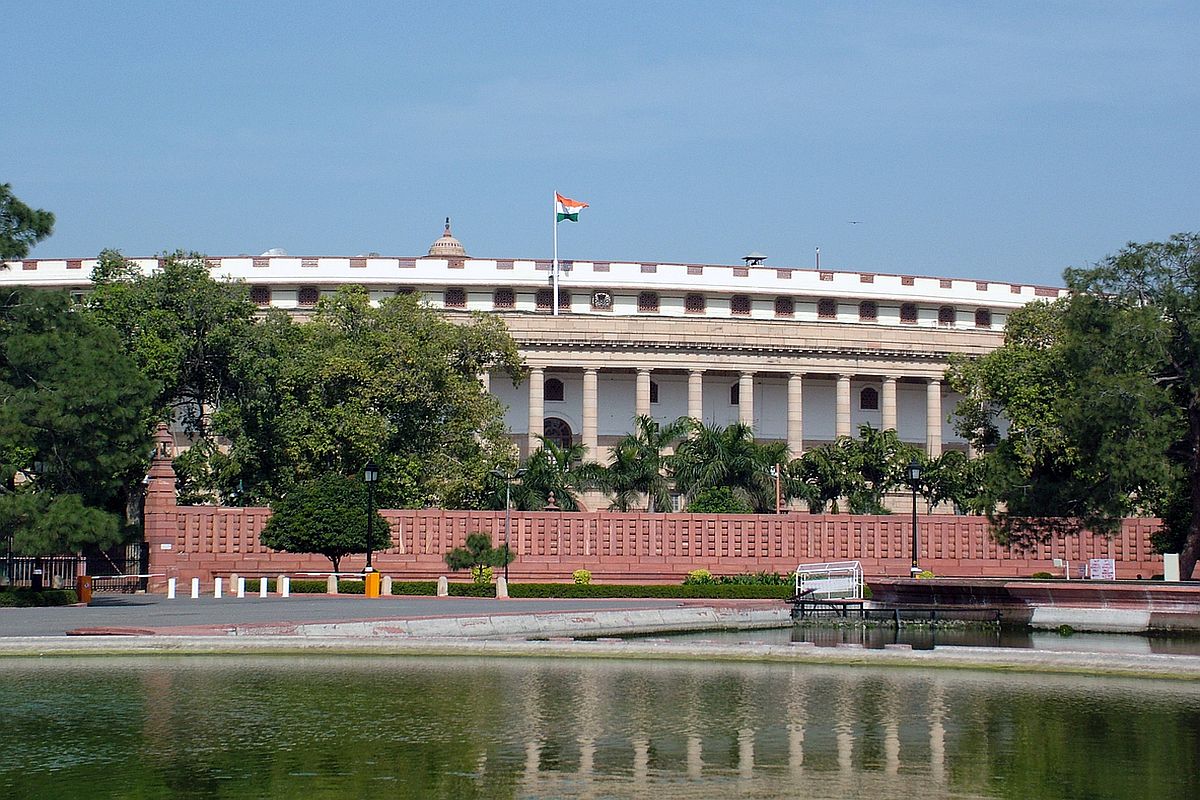Hate speech: BJP leader George seeks time to appear before police
George on Saturday requested the police for an extension until February 24 to appear before them for investigation in connection with the case.
The Aam Aadmi Party (AAP) has been the biggest gainer in the recent round of the Rajya Sabha biennial elections. It won five seats, with which its strength in the House has gone up to eight.

. (Photo: iStock)
The biennial polls for the seats of 70 retiring Rajya Sabha members may not have much effect on the balance of numbers in the upcoming Presidential election because of the BJP’s recent wins in Uttar Pradesh, Uttarakhand, Goa and the north-east.
The BJP will be coasting along with more or less the same numbers it now has — 101 on the completion of the last round of biennial elections — even as the Congress, which has already lost seats in Assam and Himachal Pradesh, is set to lose another two in Uttarakhand and Uttar Pradesh, although it can be compensated by Rajasthan and Chhattisgarh. Mayawati’s BSP, too, will lose two seats in UP.
Advertisement
The Aam Aadmi Party (AAP) has been the biggest gainer in the recent round of the Rajya Sabha biennial elections. It won five seats, with which its strength in the House has gone up to eight.
Advertisement
The BJP-led NDA does not have a majority yet in the Rajya Sabha, but the alliance is on a stronger wicket than before following its recent Assembly wins, giving its presidential candidate a clear edge. The party will most certainly gain three Rajya Sabha seats in Uttar Pradesh, apart from its gains in the last round. Accordingly, the NDA’s strength will also cross the 120-mark by the end of this year.
So far, out of the 70 seats up for Rajya Sabha biennial polls this year, the elections for 13 were held on March 31 in Kerala, Punjab, Assam, Tripura and Nagaland. Elections for the rest will be held before the Presidential election in July.
The BJP candidate from Himachal Pradesh, Dr Sikandar Kumar, was elected unopposed to the Rajya Sabha. He takes over the seat so far occupied by Anand Sharma of the Congress.
The ruling party has also won two seats in Assam (one on its own and the other with its ally, UPPL), one each in Tripura and Nagaland, dislodging sitting members from the CPI(M) and the Naga People’s Front, respectively. The Aam Aadmi Party (AAP) has won five seats in Punjab and out of the three in Kerala, the CPI(M) and CPI one each and the Congress one (A.K. Antony).
As far as the Electoral College goes, the NDA has 335 seats in Lok Sabha , the United Progressive Alliance has 110 and the other political parties, 96 — these range from BJP’s critics, such as the DMK, Shiv Sena, TMC, NCP and AAP, to parties like the BJD and YSRCP, which generally vote for the NDA. In the state assemblies, the NDA has 1,716 seats, UPA 1,040 and the other political parties, 1,257.
In the electoral college, the NDA MPs (335 in the Lok Sabha + 107 in the Rajya Sabha) at present represent a vote value of 3,12,936 votes. The vote value of each MP is 708. And its numbers in the state assemblies, where the vote values of MLAs substantially varies from state to state, add up to 2,18,321.
Taken together, the NDA’s combined vote value is 5,31,257, which is a tad short of the half-way mark of the majority mark of 5,49,452. Not a problem when you have friends such as Odisha Chief Minister Navin Patnaik and his Andhra Pradesh counterpart, Y.S. Jagan Mohan Reddy, to bail you out.
Advertisement